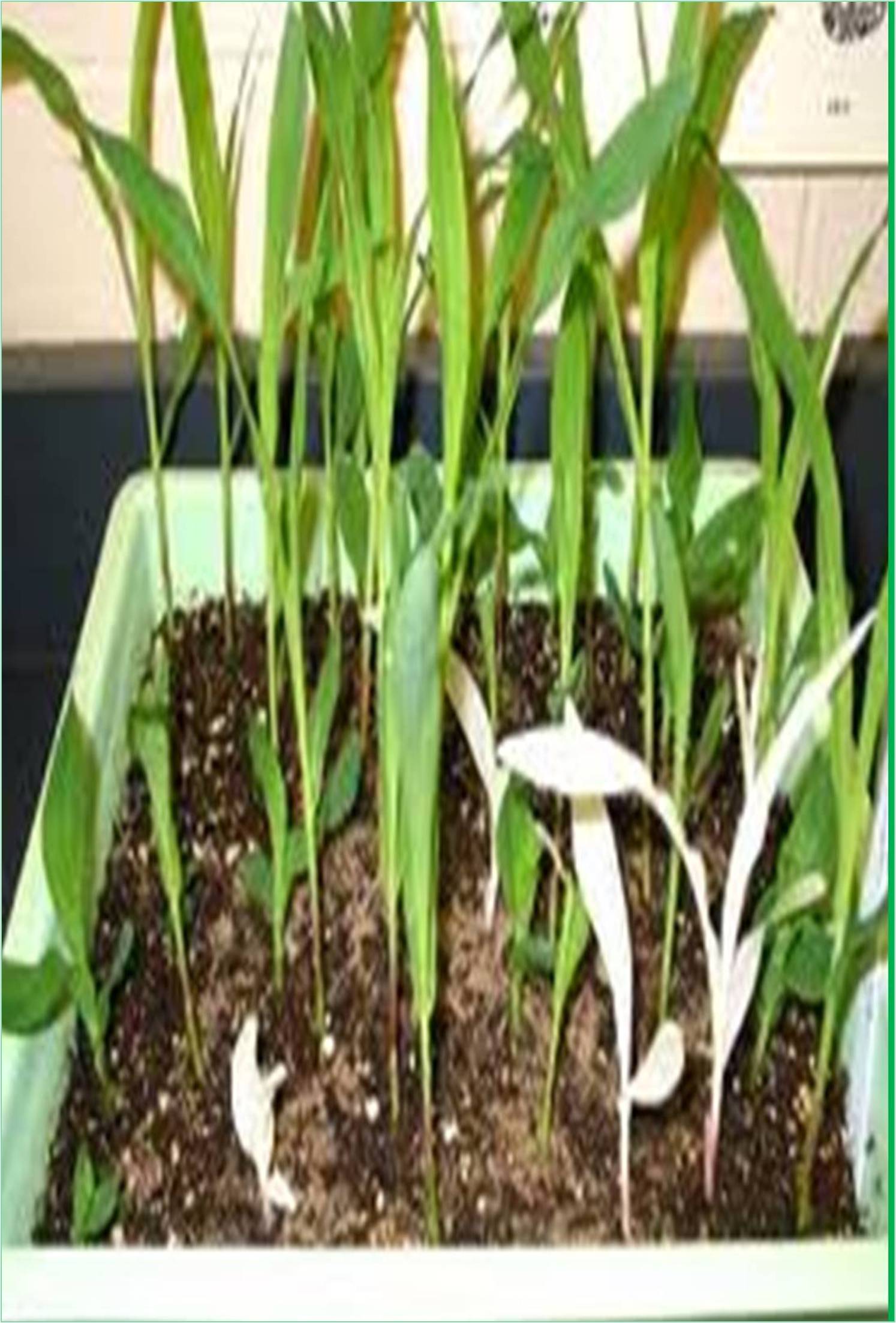



Received: 01-Aug-2022, Manuscript No. GJPBG-22-71714; Editor assigned: 05-Aug-2022, Pre QC No. GJPBG-22-71714(PQ); Reviewed: 26-Aug-2022, QC No. GJPBG-22-71714; Revised: 02-Sep-2022, Manuscript No. GJPBG-22-71714(R); Published: 09-Sep-2022, DOI: 10.15651/2449-0598-22.09.007
An annual decorative plant belonging to the Solanaceae family is the petunia. This plant originally came from South America (Mexico and Argentina), where it can be grown in pots in parks and other open areas. One of the greatest ways to propagate diverse plants is by the in vitro culture technique, in which explants are taken from the mother plant and placed in a perfectly sterile and regulated environment where light, pH, temperature, and humidity can all be changed. Nowadays, this method is employed all over the world for mass production and plant breeding. In general, there is a lot of interest in employing plant tissue culture techniques to produce disease-free plants in large quantities, to rejuvenate, to preserve genetic resources, and to create clones.
This technology demands knowledge, resources, and effort. Although this method has numerous benefits, it also has several drawbacks, such as high production costs that restrict commercial and industrial systems. This means that each nation should prioritize using the affordable tissue culture approach to produce garden, ornamental, and medicinal plants. Researchers have tried a variety of techniques to cut expenses throughout this procedure (without significantly reducing manufacturing quality). The type of container and culture medium used, along with costs of personnel, sales and marketing, laboratory building, electricity, equipment, distilled water, and laboratory materials, among the elements that drive up production costs has been listed. The size of culture containers for the growth of tissue culture plants is one of the significant and practical restrictions of this method. For tissue culture research, laboratory glass tubes are typically utilized. The small cover on these pipes makes them ideal for preventing contamination, but they can only hold one or two plants at a time. Also, because they are too long and have a small top, cone-shaped flasks should not be used to grow the plant in the culture media. Therefore, larger clear containers with relatively large lids are required for the plant's commercial production.
In rich nations, large glass and plastic containers are employed in the cultivation of plant tissue; but, because these containers are more expensive in developing nations, their usage is not economically feasible. An economically efficient strategy for propagation is the use of planting pots that do not affect the final quality of the plants. When choosing alternative culture vessels, factors like impermeability, auto cleavability, and transparency and light transmission efficiency should be taken into account. It might be said that a revolution in plant tissue culture has occurred with the advent of containers with these features at lower production costs. A lot of consideration should be given to selecting an appropriate culture container because it is one of the crucial and vital components in the growth and development of plants in in vitro culture. In some circumstances, altering the type of culture container might provide beneficial and appropriate modifications in the explants and better development conditions.
The term "cost reduction technology" in the context of tissue culture meant making better use of available resources while keeping costs to a minimum and efficiency levels as high as possible. Depending on the type of culture container employed, tissue culture plants had different shoot lengths, rates of growth, and fresh weights. Because washing and breaking plates were not necessary, CPP disposable plastics were particularly cost-effective for the large-scale production of tissue culture plants. They also took up less room and were easier to handle due to their light weight. Additionally, the size of the culture container had an impact on the explant’s development characteristics and shoot length. This factor may alter the composition of in vitro gases and light permeability, which may have an impact on the growth and development of glass samples. As a result, plant characteristics such shoot length, micro propagation quantity and rate, fresh and dry weight, and vitrification of the plants were impacted.
Solanum melongena was used as the target of the experiments, which demonstrated that there was a substantial difference between the two crops in terms of the changes in the plants in terms of shoot length, average root length, and micro tuber weight. These outcomes matched the experiment's findings in every way. The researchers also noted a significant difference in the treatment of various cropping containers in terms of leaf number, leaf size, root number, and a number of micro tubers, with the treatment of ship containers with polypropylene producing the best results. Plant development was often influenced by the in vitro culture containers; however this was not well studied. This result was brought about by the interaction of numerous factors, which in turn changed various crop properties. Less shoot necrosis was observed in culture containers that allowed for greater air movement.